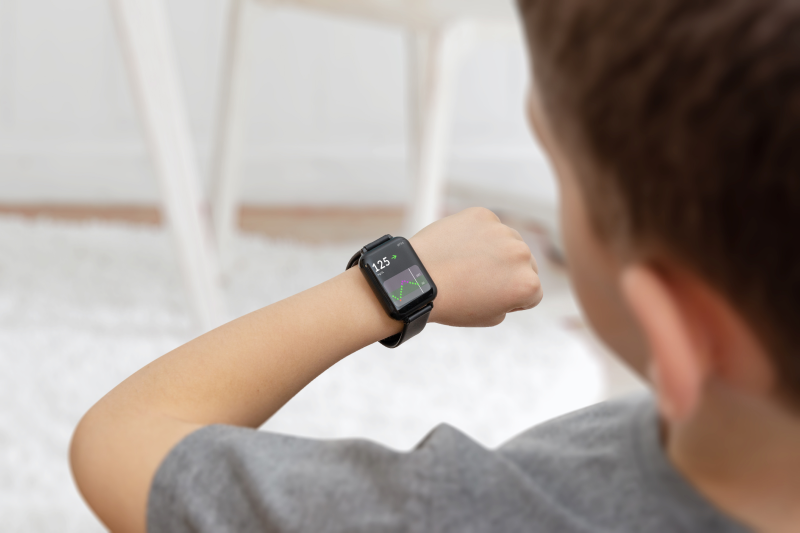Communicating with someone you love is one of the most important things you can do. But for some, it’s not that simple.
According to the CDC, about 1 in 36 children in the US are diagnosed with autism. And as many as 40% of these children are said to be nonverbal. Furthermore, another study from 2020 showed that nearly 3 million children in the country have nonverbal learning disabilities.
In both cases, these children communicate their needs and feelings in other ways.
One unexpected solution to this communication gap has emerged in wearable technology. Despite initial applications being limited to fitness or tech enthusiasts, wearables are now used for many things. And for families with nonverbal children, they can be leveraged for communication.
Here’s how they can do it.
![]() It Gives Them a Voice
It Gives Them a Voice
Many wearables are equipped with a text-to-speech feature that allows the user to type text into the device and have it read out loud. This technology gives nonverbal children a voice and the ability to contribute to conversations they would otherwise struggle to participate in.
But communication needs more than just words. Many nonverbal people, in fact, prefer images — they more accurately portray what’s on their mind. With wearables, they can communicate in emojis, gifs, or pictures. This gives their families and caretakers insight into their thoughts and feelings.
Research has shown that emojis are a valuable tool for autistic people, as they are more precise at conveying emotions than human facial expressions.

![]() It Keeps Them Safe
It Keeps Them Safe
A GPS tracker allows caretakers and parents to monitor children wherever they go. They can get notifications if the wearer leaves a designated safe area.
Wearable technology also enables users to send a distress signal in an emergency. For a nonverbal child, being able to reach out for help with one press of a button can be lifesaving.
In addition, an integrated fall detection feature alerts emergency contacts in case of an accident.

![]() It Can Monitor Their Health
It Can Monitor Their Health
Nonverbal children may struggle to convey how they feel on a particular day. Wearables can easily track their health and generate reports on basic metrics like, blood pressure or oxygen levels. Any spike or unnatural activity can be detected and treated immediately.
A step counter along with heart rate and stress can track physical activity and ensure the wearer doesn’t overexert themselves, even if they cannot communicate otherwise.
In addition to basic health tracking, Smartcom wearables seamlessly integrate with Wearable Glucose Monitoring patches for diabetics. These patches discreetly monitor glucose levels, sending real-time data to the smartwatch. If dangerous glucose readings occur, the Smartcom smartwatch alerts caretakers or parents, enabling swift response to prevent complications.

Conclusion
Wearables have come a long way. These days, they can be equipped with so many features that they can transform the lives of many—including those with nonverbal learning disabilities.
Whether it’s developing a UI/UX, creating a backend platform, or creating APIs based on a set of required features and functionalities, Smartcom has an in-house team of experts for the job. As leaders in wearable technology, we can help ensure that nonverbal people can still express themselves freely.

